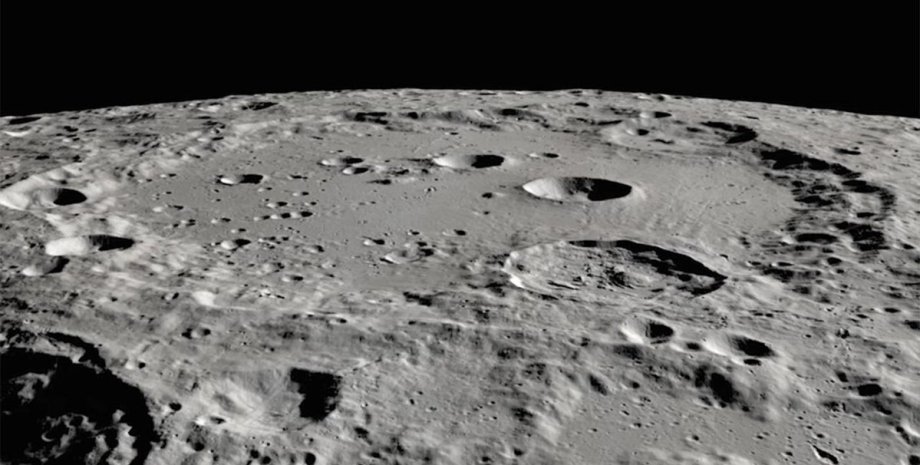
 By Victor Duda
By Victor Duda
Subscribe to not miss the latest and fascinating news from the world of science! Chinese scientists believe that there are two craters near the south pole of the Earth Satellite - Amundsen and Malapert - promising places for the placement of the International Scientific Monthly Station, a joint project of the PRC and the Russian Federation on the moon. Both craters can potentially contain water ice and allow key research, and this ice can be used as a valuable resource.
The lunar base, which is planned to be built by 2035, will be used to conduct research and study the lunar surface. At least that's what representatives of Chinese and Russian space agencies say. According to TEN HU from the Chinese University of Earth in Beijing, craters are in the south pole of the moon, in which there are shaded areas, that is, the temperature here is low, and therefore, there can be water in the form of water ice.
Water ice can be divided into oxygen and hydrogen - thus getting air and rocket fuel, and in these shaded areas it is possible to carry out important scientific research. The study of Chinese scientists said that at the South Pole of the Moon there are more constantly shaded areas than at the North Pole. And at the same time there are more areas with constant strong lighting of the sun, which means that you can place solar panels that will give energy to the scientific station.
Considering various factors, Chinese scientists have come to the conclusion that the best places for the construction of the International Scientific Monthly Station are the Monthly Craters of Amundsen and Malapert. According to scientists, in the area of Crater Amundsen it is possible and there is no large amount of water ice on the surface, but a large amount of hydrogen is noticed here.
However, water ice can be hidden underground, taking into account the temperature at the bottom of the crater -160 degrees Celsius, and it can be obtained by drilling. As for the malapert crater, water ice on the surface is found here and can be easily examined, scientists believe. The project itself was presented by the International Scientific Monthly Station of Roscosmos and the Chinese National Space Administration as early as 2021.
Before a joint monthly database is built, both countries plan to send two missions to our satellite between 2026 and 2030 in order to check landing technologies for a month and delivery of goods to its surface. Also, these missions will collect samples of monthly rocks and their delivery to the ground. In the period from 2031 to 2035, China and Russia plan to create great infrastructure both on the surface of the moon and in its orbit.
It includes communication systems, energy objects, experimental equipment and more. Last year, the head of Roscosmos Yuriy Borisov stated that it would be difficult to implement such a project on the Month of Russia alone from a financial point of view. The Russian Space Agency also stated that the equality of two partners is the basis for the joint monthly project of the Russian Federation and the PRC.
Due to the fact that such equality was not in the project of creating a monthly orbital station Gateway, Russia had to give up cooperation with NASA, said Roscosmos. Focus has already written about the features of the future Gateway space station and why it can cause claustrophobia from astronauts. Russia's cooperation with other countries in the space sphere was interrupted due to the invasion of the Russian Federation in Ukraine.
For example, the European Space Agency has refused to participate in Russia in the ExoMars project. Focus has already written in detail that in the summer of last year, Europe finally refused to seek life on Mars with Russia. On the other hand, the Russian Federation and the USA continues and continues to fly joint crews into space on both Russian spacecraft and American ones.










All rights reserved IN-Ukraine.info - 2022